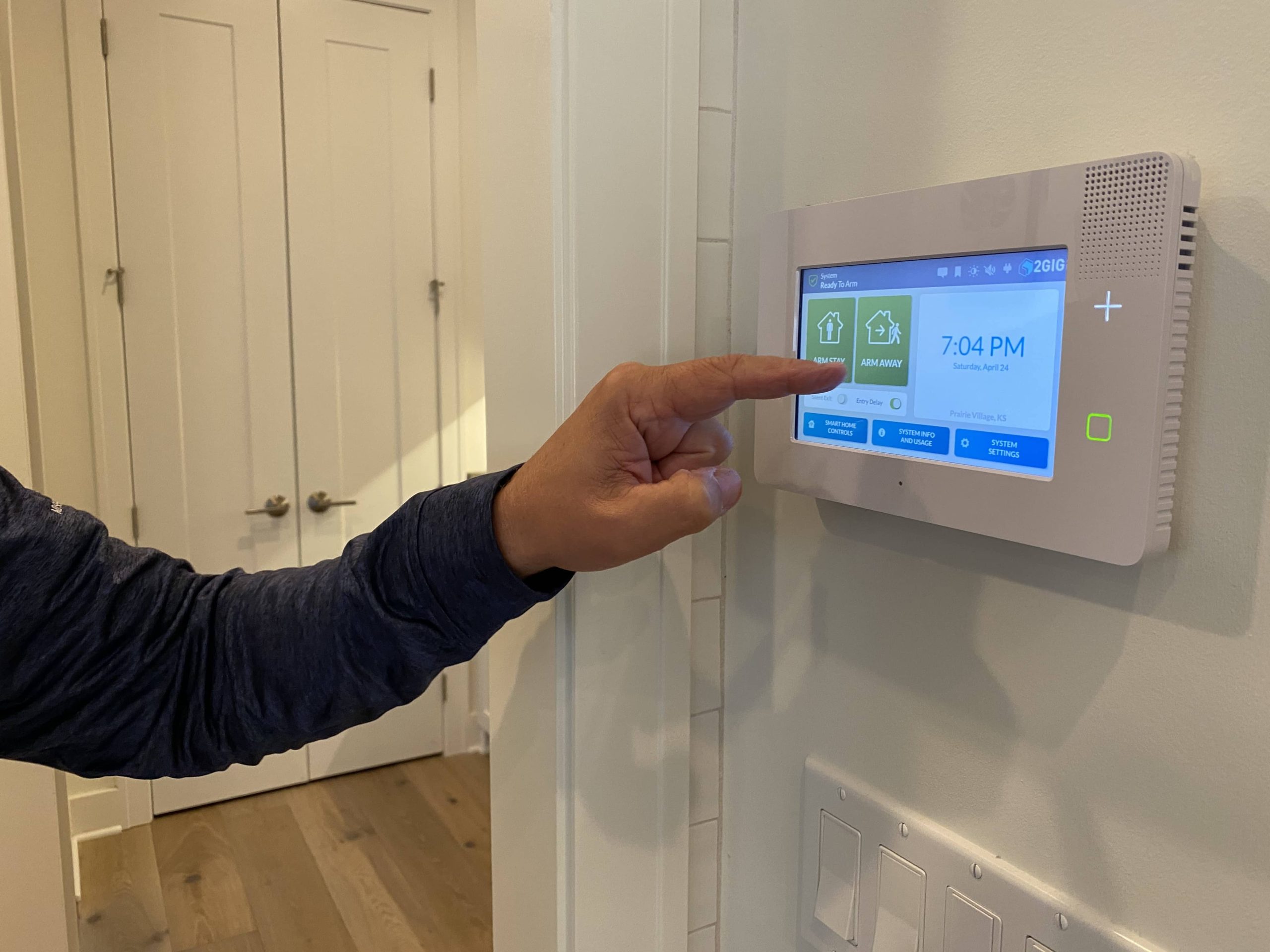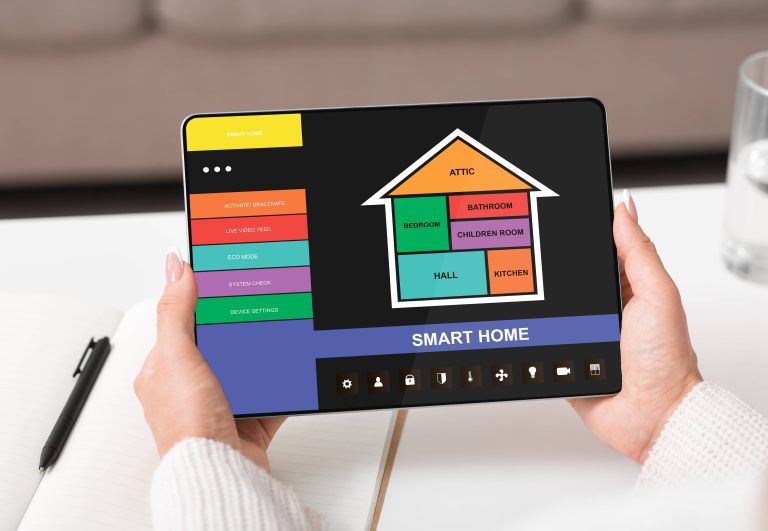
The smart home industry has seen exponential growth over the last decade, evolving from a niche market to a mainstream phenomenon. The allure of a connected home—where lights, appliances, security systems, and gadgets all communicate harmoniously—has become irresistible to many. As smart homes become more common, choosing the right communication protocol becomes imperative. Three key players in this arena are Matter, Zigbee, and Z-Wave. In this blog post, we will compare these protocols to help you determine the best choice for your smart home.
Understanding Smart Home Protocols
Before diving into the comparison, let’s briefly define what smart home protocols are. These protocols are standardized sets of rules and conventions for data exchange between a variety of devices. They ensure that your smart refrigerator, light bulbs, security cameras, and other gadgets can communicate effectively and seamlessly.
Matter: The New Kid on the Block
As the latest entry into the smart home protocol world, Matter—formerly known as Project CHIP (Connected Home over IP)—stands out with its promise of universal compatibility and ease of use. Spearheaded by the Connectivity Standards Alliance (CSA), which includes tech giants like Apple, Google, Amazon, and Samsung, Matter aims to unify the fragmented smart home ecosystem.
Key Features of Matter:
1. Interoperability: Matter’s primary advantage lies in its promise to be a unifying protocol. It aims to bring various smart home ecosystems under one umbrella, making it easier for consumers to integrate different brands without worrying about compatibility issues.
2. IP-Based: Leveraging Internet Protocol (IP) standards, Matter can work seamlessly over Wi-Fi, Ethernet, or Thread. This makes it highly versatile and suitable for both low-latency and high-bandwidth applications.
3. Security: Matter incorporates robust security measures, such as end-to-end encryption, making it a reliable choice for users concerned about data privacy and protection.
4. Simplified Setup: The protocol aims to streamline the setup process, potentially reducing the complexity and time involved in adding new devices to your smart home.
Zigbee: The Veteran
Zigbee is one of the oldest and most widely adopted smart home communication protocols. Lauded for its reliability and mesh networking capabilities, Zigbee has maintained a significant presence in the market.
Key Features of Zigbee:
1. Mesh Networking: One of Zigbee’s standout features is mesh networking, which allows multiple devices to communicate with each other directly. This creates a robust and resilient network, where each device can act as a repeater, extending the network’s range and stability.
2. Low Power Consumption: Zigbee devices are designed to be energy-efficient, making them suitable for battery-operated gadgets like sensors and remote controls.
3. Flexibility: With support for numerous device types, Zigbee is known for its flexibility. It’s used in smart lighting systems, security sensors, thermostats, and more.
4. Interoperability: Although not as universally ambitious as Matter, Zigbee Alliance (now part of the CSA) has made strides in ensuring device interoperability within the Zigbee ecosystem, albeit not across all brands and standards.
Z-Wave: The Specialist
While Zigbee operates on the globally available 2.4 GHz frequency, Z-Wave uses the less crowded Sub-GHz band (908.42 MHz in the US). This gives Z-Wave a unique position in the market.
Key Features of Z-Wave:
1. Reduced Interference: Operating in the Sub-GHz frequency band allows Z-Wave to avoid interference from typical household Wi-Fi networks and microwaves, resulting in more reliable communication.
2. Mesh Networking: Like Zigbee, Z-Wave also supports mesh networking, which enhances network robustness and range.
3. Certification: Z-Wave ensures strict certification processes for devices, guaranteeing a high level of compatibility and performance across the Z-Wave ecosystem.
4. Security: Z-Wave includes strong encryption protocols to protect data and ensure secure device communication.
Comparing and Contrasting
When we compare Matter, Zigbee, and Z-Wave, several critical aspects emerge: interoperability, frequency, power consumption, network architecture, and security.
1. Interoperability:
– Matter: Leading in terms of universal compatibility, designed to bridge different ecosystems.
– Zigbee: Good within its ecosystem, but potential issues when mixing brands.
– Z-Wave: Guaranteed through strict certification, but limited to Z-Wave devices.
2. Frequency and Interference:
– Matter: Uses IP, can work over Wi-Fi, Ethernet, and Thread, susceptible to standard Wi-Fi interference.
– Zigbee: Operates at 2.4 GHz, prone to interference from common household devices.
– Z-Wave: Operates at Sub-GHz, less interference, and better penetration through obstacles.
3. Power Consumption:
– Zigbee: Low power, ideal for battery-operated devices.
– Z-Wave: Also efficient, particularly for devices that need to stay on for extended periods.
– Matter: Power consumption varies depending on the underlying transport layer (Wi-Fi, Thread, etc.).
4. Network Architecture:
– Matter: Flexible, IP-based, suitable for both large and small networks.
– Zigbee: Mesh networking, well-suited for large installations needing extensive range.
– Z-Wave: Mesh networking with strong reliability and range in smaller, more crowded spaces.
5. Security:
– Matter: High levels of security with end-to-end encryption.
– Zigbee: Decent security measures, but depends on implementation.
– Z-Wave: Robust security with a strong focus on device certification.
Conclusion: Which is Best for Your Smart Home?
The best protocol ultimately depends on your specific needs and existing infrastructure. If you’re starting from scratch and want future-proof compatibility, Matter is an excellent choice, given its backing by major tech companies and focus on universal interoperability.
For those prioritizing reliability, particularly in densely populated environments, Z-Wave offers benefits with its Sub-GHz operation. Its strict certification process ensures that all Z-Wave devices will work seamlessly together.
If you are looking at retrofitting or expanding an existing smart home network with energy-efficient, flexible solutions, Zigbee remains a solid choice, especially if interference isn’t a major concern.
Each protocol has its strengths and ideal use cases, but understanding these details will help you make an informed decision tailored to your smart home ambitions. As technology continues to evolve, staying informed is key to creating a smart home that not only meets but exceeds your expectations.







